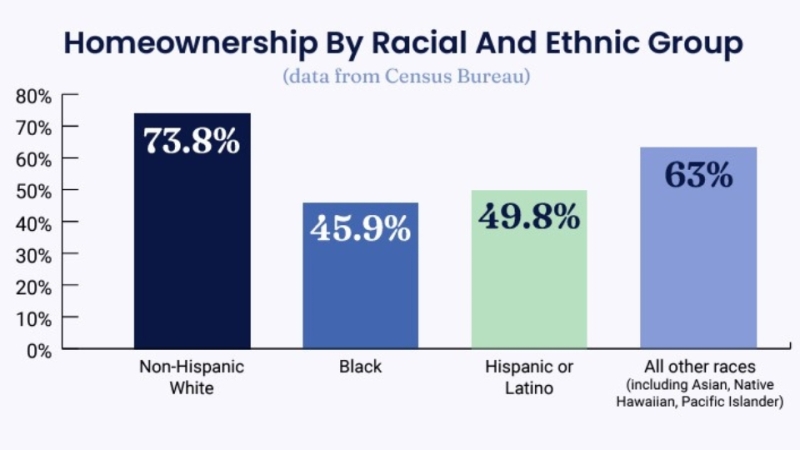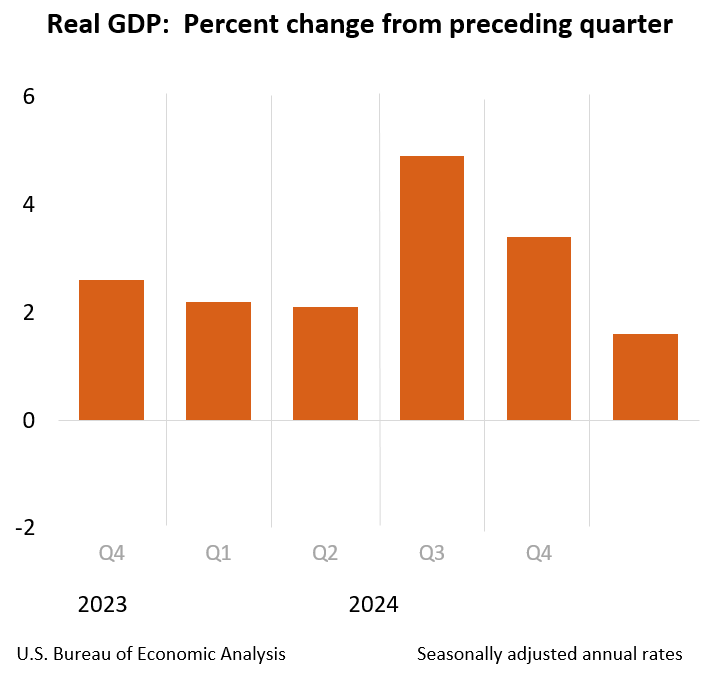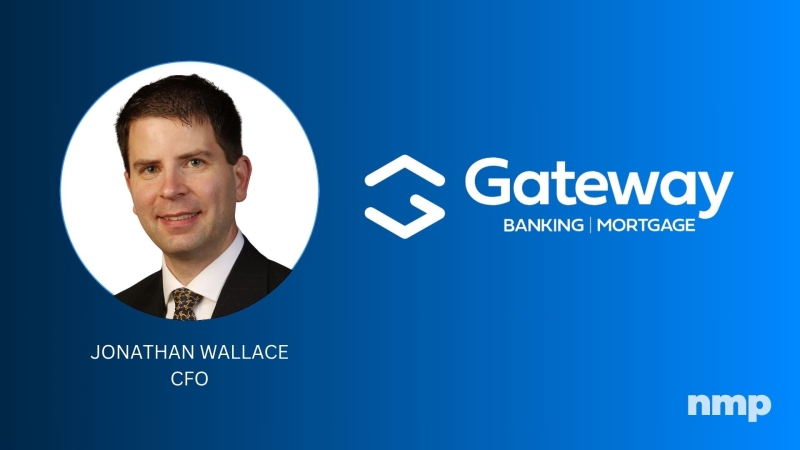Advertisement
I found my niche!
Tech Bytes: Paperless storageMike Vernoncomputers, technology, storage, organization
Mike Vernon is the National
Association of Mortgage Brokers Technology Committee co-chair,
as well as the vice president of the Pennsylvania Association of Mortgage
Brokers. Every month, Mike will be on hand to help establish a
baseline of knowledge, relative to technology, for anyone within
the industry - from the tech-savvy to the technologically
challenged - who wants to know.
When I scan a newspaper over a morning cup of coffee or walk
past a rack of magazines at a supermarket, I can't help but think
that even with all of the electronic media outlets we have at our
disposal, there will never be a day when we are completely
paperless. I see this even more when I walk into an office. There
are always bits of information coming in from all over the place,
and to constantly be scanning and e-mailing when you could simply
be looking at and reading a piece of paper, well ... it just
doesn't seem to be a realistic endeavor.
What you can do, however, is switch to paperless when an item
needs to be put into storage. The first step, as a mortgage
professional, is to contact your state banking commission and
determine if this is even a feasible option. Most states do allow
this. This is due to the fact that most lenders, the leaders of our
industry, already allow information to be electronically
transferred to them.
We have come a long way from thermal faxes and dot matrix
printers. The all-in-one unit (copier, fax machine, printer and
scanner) has been around for years. Most of these, if they don't
already have one, can be upgraded by the addition of a scanning
card. This card simply allows you to instantly convert your paper
documents to Portable Document Format (PDF). Once these bits of
information are formatted, the next step comes into play.
These PDF files will need to be organized. Your in-house
information technology person, as well as the person who sold you
the scanning card, should be able to offer you guidance regarding
this matter. You could store them by date, alphabetically or in
whatever other manner you desire. All that you are doing is
creating an electronic filing cabinet.
You may initially ask yourself why you would take these extra
steps when you could be spending your precious time closing more
loans. The reasons are many. If you are not already backing up your
files electronically, then you should stop reading this right now
and schedule time with an information technology professional.
Assuming that you are already backing up your files electronically,
this is the next step in the electronic process.
The Gramm-Leach-Bliley Act dictates that you take every
precaution to keep your borrowers' information secure. So if you
are a broker or banker who keeps files in an unlocked filing
cabinet, you are not doing everything you could to keep this
information safe and secure. By storing as much of this information
in a paperless manner as you can, you are minimizing potential
security issues.
As your business grows, more and more physical space will be
needed if you decide to not go paperless. Not only does a
four-drawer fireproof filing cabinet cost anywhere from $500 to
$1,000, it takes up an enormous amount of space. Assuming a
standard file of 120 pages and multiplying that by the number of
loans you may close on a monthly basis, you can see how you can run
out of room very quickly. That same 120-page file would only take
up approximately six MB in your electronic filing cabinet. You
could fit more than 100 files on a single CD and probably 800 files
on a DVD. That is a huge difference. You would also have quick
access to complete files without having to fumble through pages and
pages of documents, boxes of files and bulky cabinets. Imagine
being able to locate a HUD-1 or HUD-1A from a transaction you
completed last year without having to leave your computer.
Lastly, let's discuss security. All it would take to shatter the
security of the office you are sitting in right now is a broken
window and crowbar. All too often, the only time a broker does
anything about security in his office is after there has been a
break-in. By keeping your computers password protected and securing
your electronic data (either on- or off-site, but always under lock
and key), you are doing everything you can to protect yourself and
your customer.
Mike Vernon is the Technology Committee co-chair for the
National Association of Mortgage Brokers, vice president of the
Pennsylvania Association of Mortgage Brokers and president of FollowYourCustomer
Inc. He may be reached at (877) 365-5692 or e-mail [email protected].
About the author





